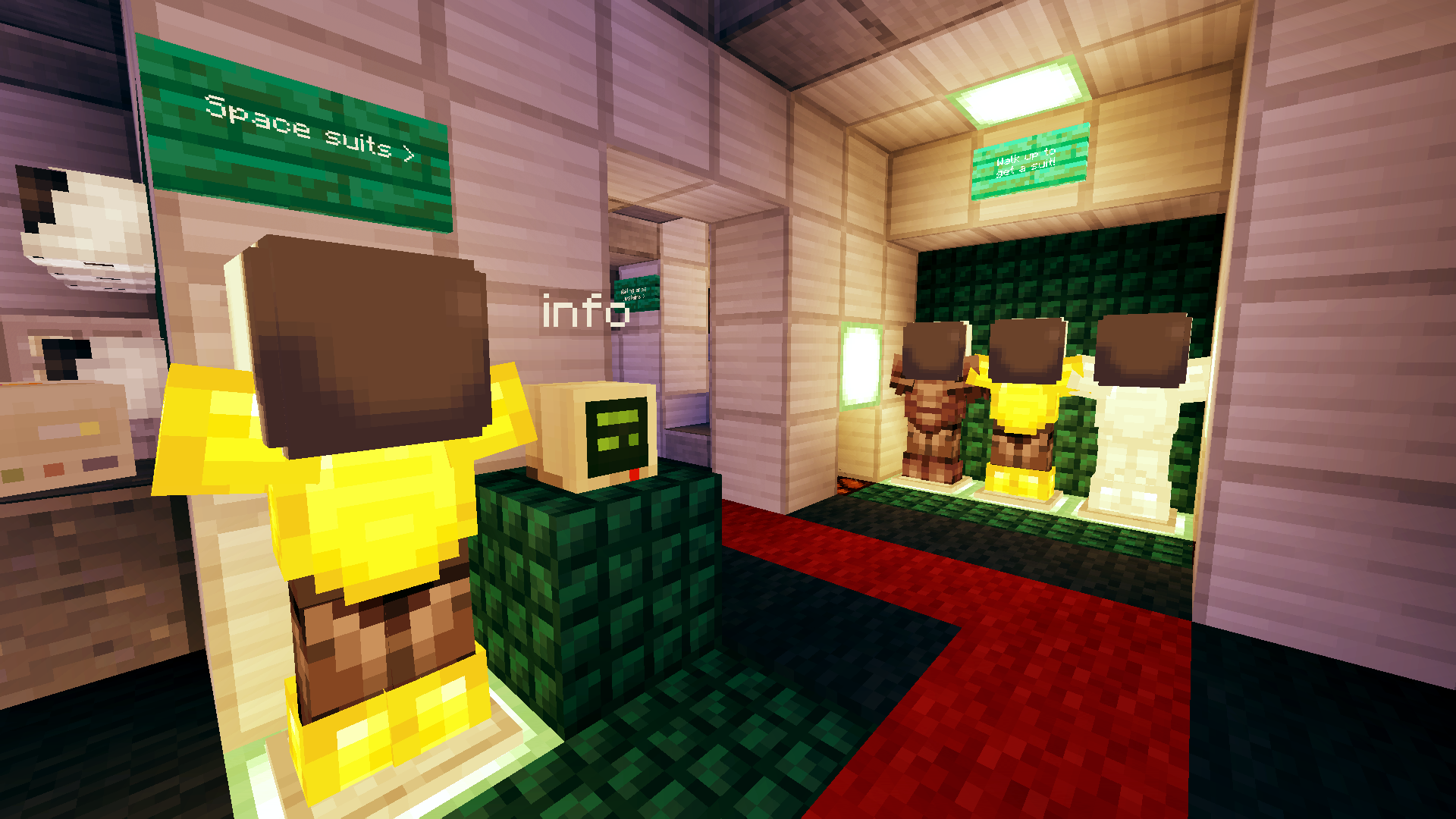By Neil Comins
Our Earth is orbiting the Sun at an ideal distance for sustaining life here. In particular, the Earth’s surface temperature enables water to always be liquid on the surface. We call that region,where water can be liquid on the surface, the Sun’s habitable zone (also called the “Goldilocks” zone because it is not too hot and not too cold). It was in that water that life first formed and evolved, and today liquid water is an essential component of many parts of our lives. The heat provided by the Sun is created in its core, where the force of gravity from all the Sun’s matter compresses the hydrogen and converts it to helium by the process of thermonuclear fusion. That fusion leads to the release of energy from the core that eventually reaches the Sun’s surface and heads into space as sunlight. Actually, that sunlight contains all types of electromagnetic radiation: radio waves, infrared radiation, visible light, ultraviolet radiation, x-rays, and gamma rays. With appropriate amounts of electromagnetic radiation entering and passing thru our atmosphere, the Earth is able to sustain life. For example, that radiation provides the energy for photosynthesis in plants, essential to their growth and reproduction, and also why our atmosphere has oxygen, essential to animal life. You can undoubtedly think of several other effects of sunlight on our environment.
Stars with different masses (i.e., amounts of matter) than our Sun compress their cores by different amounts and thereby create different amounts of energy than the Sun. Asa result, they have different surface temperatures. The lower the mass, the cooler, redder, and smaller the star. Let’s call a star cooler than the sun: Dimsun and consider the case that Earth orbits it in the Goldilocks zone.In this case,we would be closer to Dimsun than we are from the Sun. All other things being equal (e.g., the Earth acquired a moon just as we did), the surface temperature would be similar to what we have here. However, the length of the year would be different than we have(which is determined by Dimsun’s mass and temperature). Since we are closer to Dimsun in this scenario, the distribution of the planets in the solar system would be different than it is for us orbiting the Sun where we are today. Since the length of the year determines the length of the seasons, they, too, will be different than on our Earth. Dimsun’s Earth might not have any seasons. Here’s why: Earth needs to be much closer to Dimsun than we are to the Sun. to keep Earth warm. Therefore, the tides caused by that star will be much greater than the tides we experience from the Sun today (about 1/3 of our ocean tides are caused by the Sun). Tides cause friction between oceans and land, which cause the Earth’s rotation rate (length of the day) to lengthen. Today, the day gets longer by about 1/1000 sec/century. On Earth orbiting Dimsun, the tides could be high enough to slow Earth’s rotation so that the same side of the Earth always faces Dimsun. This is analogous to how the Earth caused our Moon’s rotation rate to synchronize with its orbit so the same side of the Moon always faces Earth. If the same side of Earth always faces Dimsun, that side would get hot enough to evaporate much more ocean water than on Earth. The resulting clouds would drift, some moving to the side of Dimsun that is forever dark. The moisture would fall as snow, which would likely never melt since it would never be warmed by Dimsun-light. Eventually all the water on the daytime side of the Earth would be snow on the nighttime side. The only place where there could be surface water is in a ring around the Earth on the boundary between day and night, where the ice facing the Sun could melt.

